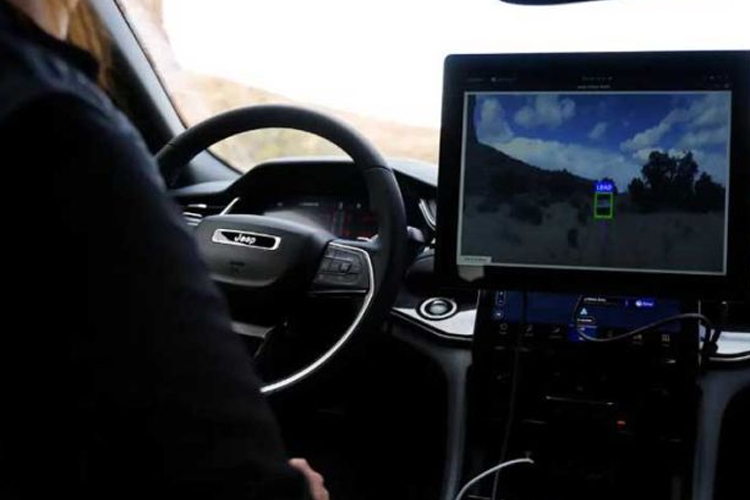Jeep Develops Autonomous Off-Road Technology for Navigating Challenging Terrain
Numerous automobile manufacturers are in a fierce competition to develop autonomous driving systems that can transport individuals with minimal inconvenience. However, Jeep, staying true to its core values, is focused on creating autonomous technology specifically designed for off-road driving.
In Moab, Utah, Jeep has been conducting tests on its advanced driving aids using a pair of Jeep Grand Cherokee 4xe hybrid models. Leading the development effort is Neda Cvijetic, the Head of AI & Autonomous Driving at Stellantis. The primary objective is to equip Jeep vehicles with the capability to navigate demanding off-road environments without human intervention.
“This challenge we’re facing is, in some ways, even greater than implementing an autonomous system on public roads. It’s enough to make any engineer’s heart skip a beat,” expressed Cvijetic in an interview with Unitarynews from The Drive page on Tuesday (6/6/2023).
It is important to note that this technology is being exclusively developed for the Jeep brand. While specific details about the technology remain scarce, Jeep intends to unveil further information during the summer.
Currently, Jeep has released videos showcasing the two prototypes conquering the rugged terrains of Moab. Both Grand Cherokees are adorned with an array of cameras and sensors, and on certain occasions, they are seen driving autonomously without a human driver behind the wheel.
The idea of utilizing self-driving technology on off-road tracks is intriguing. Off-road driving is undoubtedly a popular hobby for many individuals, raising questions about the necessity of automating an activity that is considered enjoyable.
Also Read: The Fascinating Tale of Nissan: Pioneering Japan’s Automotive Industry
Nevertheless, autonomous assistance can be highly valuable, especially when it can rescue drivers from challenging situations that surpass their own capabilities. Additionally, individuals who require off-road driving for work-related purposes can greatly benefit from this robotic assistance.
Moreover, envisioning the aid of low-mounted lidar sensors or cameras, autonomous systems may potentially identify better traction and superior driving lines within the vehicle.
In light of this development, Jeep CEO Christian Meunier emphasized the significance of this advancement for the company. He stated, “This advanced off-road driving system will enable more customers around the world to partake in and relish the adventure.”
It is truly exciting to witness automobile manufacturers like Jeep actively seeking driving assistance for completely different environments. Considering Jeep’s focus on off-road experiences, this technology could serve as a differentiating factor for the company in the future.
Meunier further added, “These features and technologies will have practical applications both on and off the trail, catering to various types of driving experiences.”
